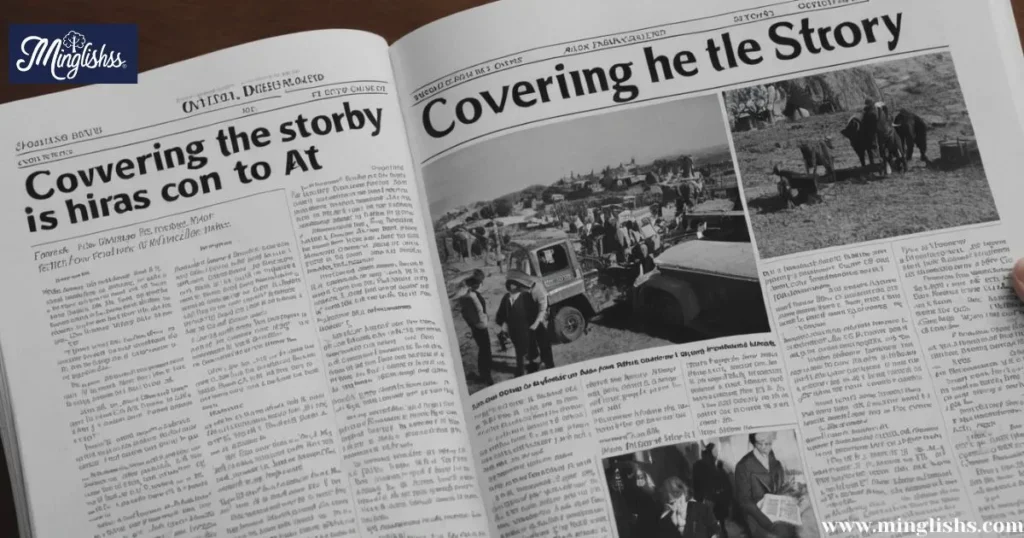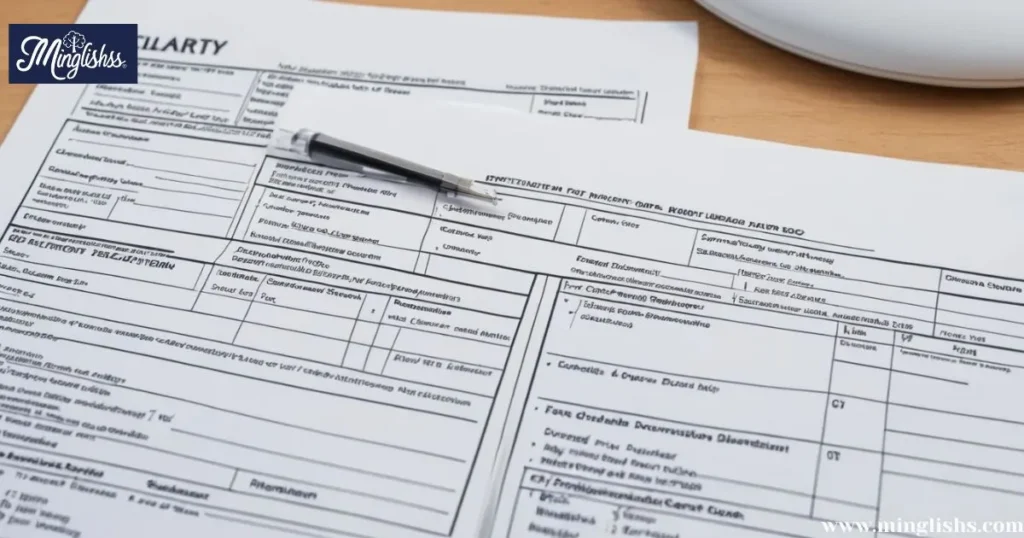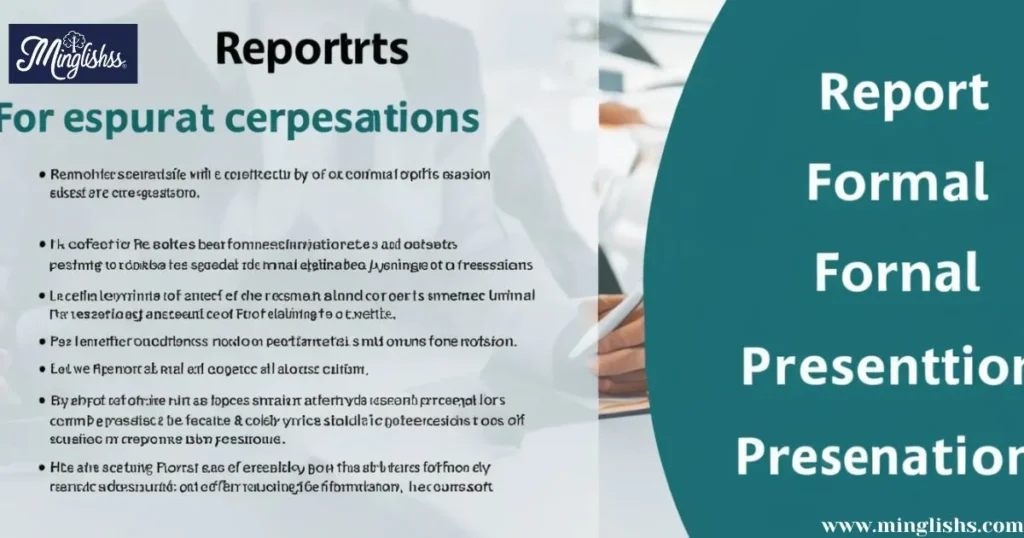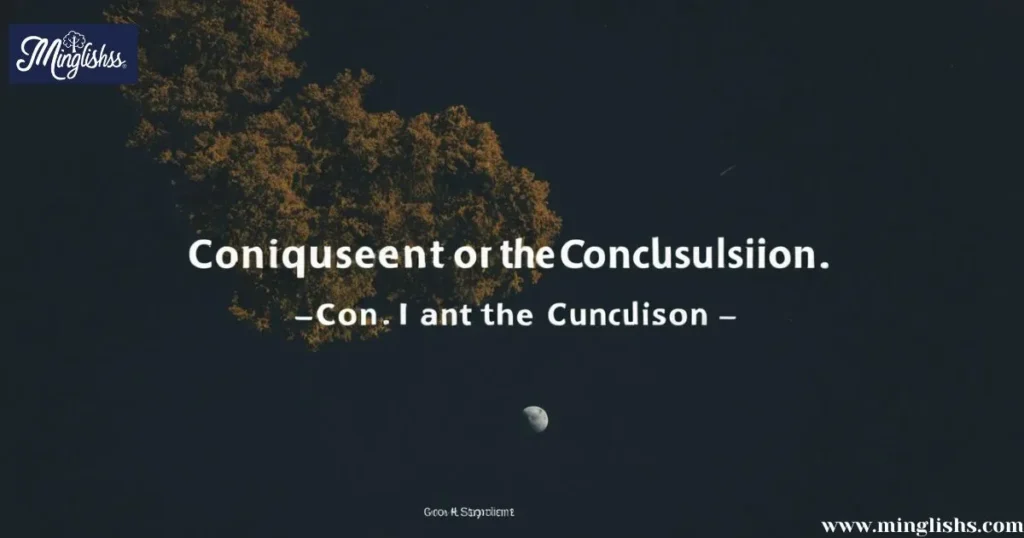“Alternatives to express “right after” in formal contexts, enhancing clarity and professionalism in communication.”
In both professional and formal communication, choosing the right phrase to indicate sequence and timing is essential. While “right after” is a commonly used expression, there are many other phrases that can help convey the same meaning with a touch more formality. These phrases can be beneficial in emails, reports, presentations, and discussions, allowing you to sound clear, precise, and polished.
Understanding these alternatives can help elevate your professional communication. In this guide, we’ll explore 35 formal ways to say “right after.” Each expression is explained with scenarios and insights to show how it can be used effectively. Whether you’re communicating in business, academia, or any other formal setting, these phrases can expand your vocabulary and help you communicate timing in a way that fits the context perfectly.
Read on to discover which alternatives work best for you and how you can use them in different situations. By the end of this guide, you’ll have plenty of options to confidently replace “right after” in your writing or speaking.
35. Alternatives for “Right After”
1. Immediately Following
Scenario: Julia submitted the project, and immediately following her submission, the review process began.
Explanation: This phrase is clear and direct, making it an excellent choice for professional communication, such as in timelines or formal descriptions.
Additional Tip: Use “immediately following” in contexts where urgency and precision are key, like official reports.
2. Subsequent to
Scenario: The meeting will commence subsequent to the team’s arrival.
Explanation: This phrase indicates that something happens in direct succession. It’s formal and often used in written communication.
Additional Tip: “Subsequent to” fits well in legal or business documents where strict sequence matters.
3. In the Aftermath of
Scenario: In the aftermath of the announcement, the company’s stocks fluctuated.

Explanation: Suitable for formal reports, this phrase implies an event closely following another, often with an impact or consequence.
Additional Tip: Use this when discussing events with immediate effects or outcomes.
4. Directly Afterward
Scenario: Directly afterward, the CEO addressed the board.
Explanation: “Directly afterward” emphasizes quick succession, ideal for formal presentations or documentation.
Additional Tip: This phrase works best when brevity and formality are essential, like executive summaries.
5. Subsequent To Completion
Scenario: Subsequent to completion of the audit, the financial review was conducted.
Explanation: This option is ideal for indicating timing after a process or task has finished.
Additional Tip: Use this when discussing procedural or sequential steps in formal reports.
6. At the Conclusion of
Scenario: At the conclusion of his speech, the panel began their discussion.
Explanation: This phrase is commonly used in events or presentations, marking an immediate transition.
Additional Tip: Ideal for timelines, especially in formal events or structured meetings.
7. As Soon as
Scenario: As soon as the meeting ended, the team started working on the project.
Explanation: Although more versatile, “as soon as” is formal enough for professional writing and conveys immediacy.
Additional Tip: Use this when you need an alternative that’s easily understood across contexts.
8. Following Completion
Scenario: Following completion of the course, students will receive their certifications.
Explanation: It suggests an immediate follow-up after a task or event.
Additional Tip: Works well in formal educational or business settings, where a clear sequence is essential.
9. On the Heels of
Scenario: On the heels of the announcement, the press began covering the story.

Explanation: This expression suggests something happens shortly after with a sense of immediacy.
Additional Tip: Use sparingly for impactful moments, especially in media or corporate announcements.
10. Upon Finalization
Scenario: Upon finalization of the contract, the project launch was set.
Explanation: Common in business, it implies immediate steps following the completion of formalities.
Additional Tip: Suitable for discussing procedural steps in formal agreements or legal contexts.
11. Promptly After
Scenario: Promptly after the meeting, minutes were distributed.
Explanation: “Promptly” adds emphasis to immediate action and is effective for quick succession in formal language.
Additional Tip: Works well in corporate settings where timely responses are crucial.
Other Ways to Say “Problem-Solving Skills” on Your Resume
12. In Sequence With
Scenario: The report was presented in sequence with the quarterly analysis.
Explanation: Useful in formal reports, “in sequence with” aligns events in a natural order.
Additional Tip: Best for lists or documents where events are part of a continuous flow.
13. Immediately Thereafter
Scenario: Immediately thereafter, the legal team reviewed the case.
Explanation: A polished way to indicate a sequence, suitable for formal business or legal discussions.
Additional Tip: Best used in official reports or documentation for clarity.

14. Upon the Completion of
Scenario: Upon the completion of training, employees were onboarded into the project.
Explanation: Formal and direct, this phrase is frequently used in business and procedural contexts.
Additional Tip: Ideal for training, onboarding, or formal procedural steps.
15. Consequent to
Scenario: Consequent to the survey, the marketing team adjusted their strategy.
Explanation: “Consequent to” links events in a formal cause-and-effect sequence.
Additional Tip: Useful in analytical reports or formal presentations.

16. Following Immediately
Scenario: Following immediately, the board members were briefed on the findings.
Explanation: Adds emphasis on the prompt succession, perfect for formal business language.
Additional Tip: Use in reports or presentations when immediacy is key.
17. Shortly Afterward
Scenario: Shortly afterward, the decision was announced to the team.
Explanation: It implies a brief interval without losing formality.
Additional Tip: Ideal for professional emails or update briefings.
18. Upon Concluding
Scenario: Upon concluding his remarks, the CEO invited questions.
Explanation: This phrase works well for presentations or speeches in professional settings.
Additional Tip: It’s particularly suitable for structured presentations or public speaking.
19. Following the Completion of
Scenario: Following the completion of the construction, the site was inspected.
Explanation: This phrase is ideal for formal reports or procedural documents.
Additional Tip: Useful in timelines that require a formal tone, like project reports.
20. Without Delay
Scenario: Without delay, the protocol was put into action.
Explanation: Adds a sense of urgency and is commonly used in corporate or emergency settings.
Additional Tip: Great for discussions on urgent tasks or actions.
21. Post-Event
Scenario: “Post-event, the organizing committee gathered for a debriefing session.”
Explanation: “Post-event” is a straightforward way to indicate that something occurred following an event or occasion. It’s particularly useful in professional or corporate settings where meetings, events, or functions are common.
Additional Tip: Use “post-event” in reports or emails that detail activities following a specific function or occasion.
22. Immediately Subsequent
Scenario: “Immediately subsequent to the report release, stakeholders convened for further discussion.”
Explanation: This phrase adds formality and indicates a quick sequence. It’s best suited for official reports, meeting minutes, or scenarios where immediate follow-up actions are discussed.
Additional Tip: Reserve this phrase for structured documents where you want to emphasize swift action or response.
23. Directly Post-Completion
Scenario: “Directly post-completion of the study, the results were shared with the department.”
Explanation: This phrase emphasizes that something happens right after a specific task or project ends. It works well in business or academic contexts where precise timing is essential.
Additional Tip: Use in project updates or research reports to mark the transition from one phase to the next.
24. At Once Following
Scenario: “At once following the session, participants received a summary of the discussion.”
Explanation: “At once following” conveys immediate action and suits formal contexts where quick responsiveness is valued, such as corporate communications or official memos.
Additional Tip: Use this in written reports or instructions where you want to emphasize promptness after an event.
25. Consequent on Conclusion
Scenario: “Consequent on the conclusion of the meeting, the action points were distributed to team members.”

Explanation: This phrase is formal and slightly old-fashioned, lending a dignified tone. It’s appropriate in documents or contexts where you want to clearly define the cause-effect relationship of consecutive events.
Additional Tip: Ideal for official reports, especially in legal, academic, or government-related communications.
26. Right Upon
Scenario: “Right upon the manager’s approval, the project team initiated the next phase.”
Explanation: “Right upon” implies that something follows without delay. It’s a succinct way to show immediate sequence and fits well in direct formal communication, such as internal emails or memos.
Additional Tip: Use when you want to keep your language straightforward and efficient in professional settings.
27. Following in Sequence
Scenario: “Following in sequence, the design team handed over the project to the development team.”
Explanation: This phrase is structured, highlighting the orderly progression of events. It’s best for detailed, process-oriented reports where each step logically follows the previous one.
Additional Tip: Use in formal documents like project timelines or phased reports where the sequence is key.
28. Prompt After Conclusion
Scenario: “Prompt after the conclusion of the training, evaluations were conducted to assess learning outcomes.”
Explanation: This phrase adds an element of urgency, signaling that an action followed soon after an event. It’s appropriate for HR or training documentation.
TipAdditional Tip: Perfect for formal reports that emphasize the prompt follow-up of one task by another.
29. In the Direct Aftermath
Scenario: “In the direct aftermath of the announcement, investors sought clarity on future plans.”
Explanation: This phrase implies a slightly more impactful event, often used when discussing the immediate outcomes following a significant action or decision.
Additional Tip: Useful in PR statements, corporate communications, or news updates where outcomes are of notable interest.
30. Upon the Closing of
Scenario: “Upon the closing of the fiscal year, the finance department prepared the annual report.”
Explanation: This phrase suggests a smooth transition after something has concluded and is often used in business or financial settings.
Additional Tip: Great for formal documents or updates where you’re marking the end of one phase and the beginning of another.
31. Promptly at the End of
Scenario: “Promptly at the end of the seminar, attendees were provided with feedback forms.”
Explanation: This phrase adds emphasis to the immediacy of action taken at the conclusion of an event or session. It’s suitable for professional or educational settings where quick follow-up is necessary.
Additional Tip: Use in event coordination or education contexts to show quick post-event actions.
32. Directly Subsequent to
Scenario: “Directly subsequent to the board meeting, a press release was issued.”
Explanation: This phrase is very formal, implying immediate succession. It’s particularly useful in structured documents, such as board meeting notes or official announcements.
Additional Tip: Best used in high-level or legal documents where strict timing is important.
33. At the Immediate Conclusion of
Scenario: “At the immediate conclusion of the workshop, participants were given certificates of completion.”
Explanation: This phrase is formal and emphasizes that the action happened without delay. It’s effective in academic, corporate, or training environments.
Additional Tip: Use when you want to highlight that an action follows instantly after an event.
34. Following Instantly
Scenario: “Following instantly, the HR department sent out an email detailing the new policy changes.”
Explanation: This phrase conveys an instant action with a sense of urgency. It’s ideal for use in corporate settings where timing is critical.
Additional Tip: Use in internal communications or documents that emphasize prompt response.
35. Consequent to Finalization
Scenario: “Consequent to finalization of the deal, the partnership was formally announced.”
Explanation: This phrase is highly formal and indicates that an action directly follows the completion of something significant, such as a contract or agreement.
Additional Tip: Use this in legal or business documentation where you want to convey formality and sequence clearly.
Pros and Cons of Using Formal Alternatives
Pros
- Enhanced Precision: Each phrase offers clarity and exact timing, ideal for professional contexts.
- Adaptable Language: Expands vocabulary, allowing for variation depending on context.
- Professional Tone: Adds sophistication and polish to formal communication.
Cons
- Overuse Risk: Using formal terms excessively can sound overly complex.
- Audience Understanding: Not all terms are universally understood, so consider your audience.
Conclusion
Mastering a variety of phrases for “right after” equips you with powerful tools to communicate clearly in formal settings. From “post-event” to “consequent to finalization,” each option provides a unique nuance, ensuring that you can convey timing and sequence with accuracy. Use these alternatives thoughtfully to elevate your formal writing and enhance your professional tone.
Answers to Key Question Right After
1. Can I use these formal alternatives in everyday conversations?
Absolutely! However, some of these phrases might sound overly formal for casual conversation. Phrases like “right upon” or “post-event” can work in informal settings, but for everyday conversations, simpler terms like “right after” or “just after” might feel more natural.
2. Which phrases work best in a business context?
For business settings, options like “immediately following,” “subsequent to,” and “upon the conclusion of” are highly effective. They provide a polished, professional tone that’s appropriate for emails, reports, and presentations.
3. How can I choose the right alternative based on the context?
Consider the tone and formality of your document or conversation. If you need a concise, professional touch, phrases like “right upon” or “directly subsequent to” are ideal. For more formal documents, “consequent to finalization” or “in the direct aftermath” may be better suited.
4. Are there any cases where “right after” might still be the best choice?
Yes! In many cases, “right after” is clear, direct, and perfectly acceptable. It works well for straightforward communication where you want to keep things simple, especially if your audience might not be familiar with more formal alternatives.
5. Do these alternatives improve the clarity of my writing?
Using these alternatives can indeed enhance clarity, especially in professional or structured writing where precise timing is important. However, remember that clarity also depends on your audience’s familiarity with the terms, so choose the option that best aligns with both your purpose and your readers.

Hi, I’m Zadie Smith: I’m dedicated to helping others master English through practical tips. I enjoy making complex ideas simple and accessible for everyone.










